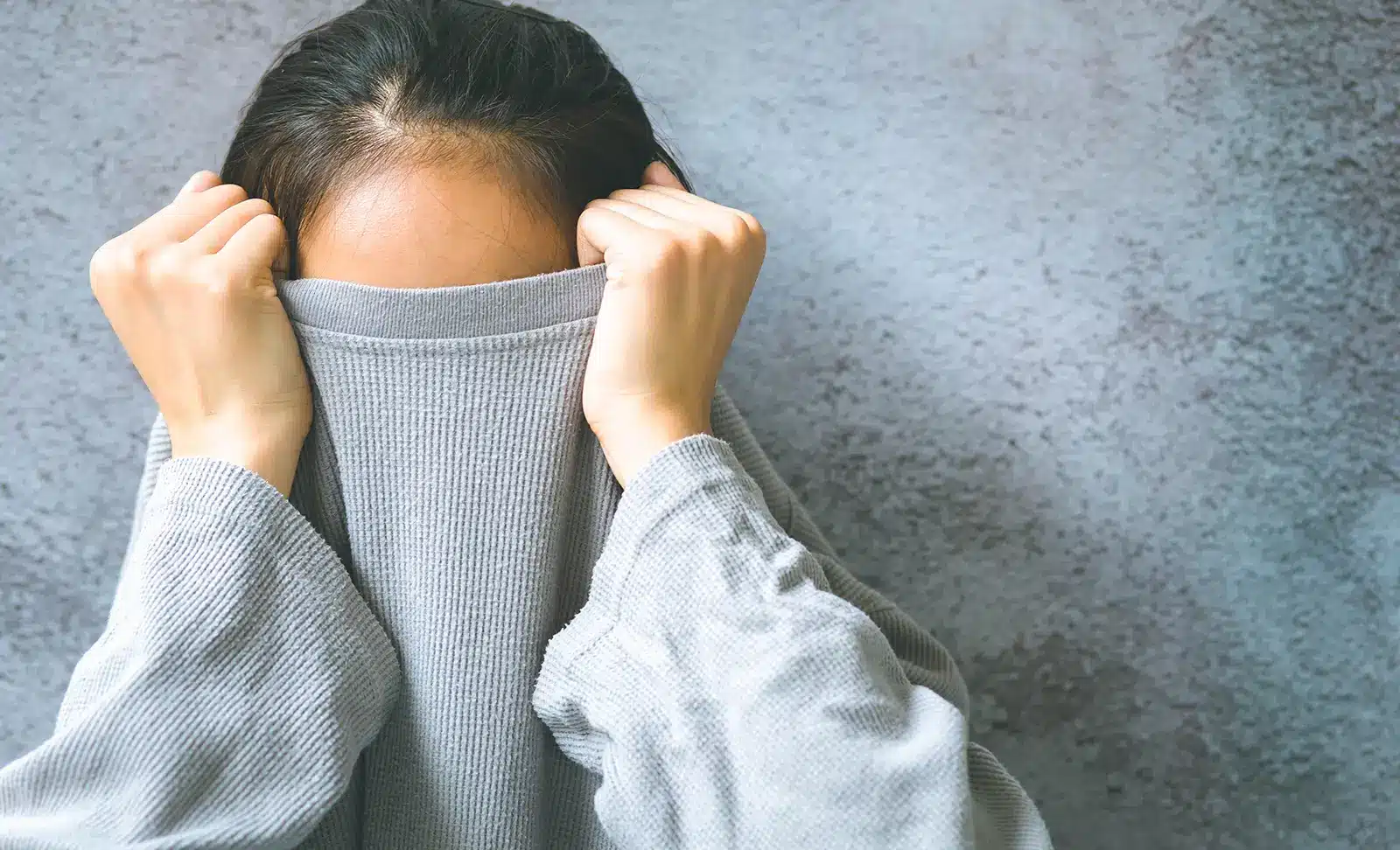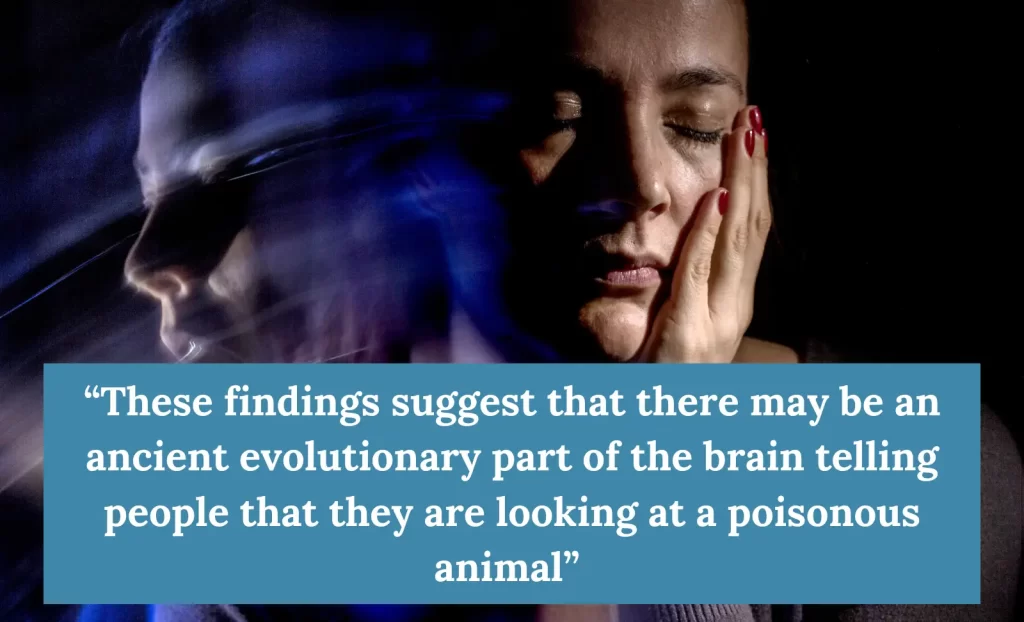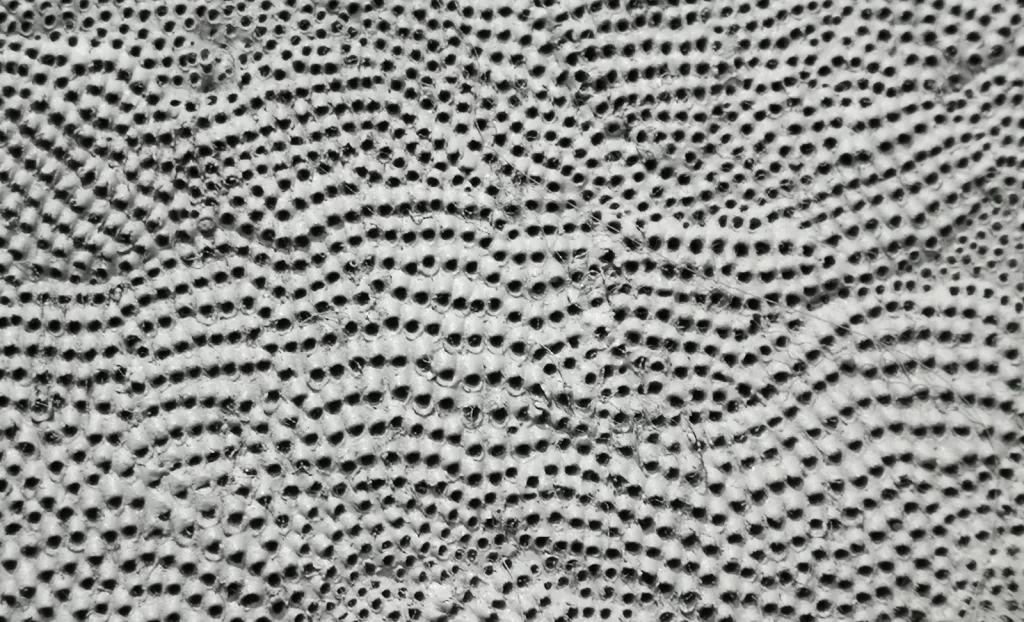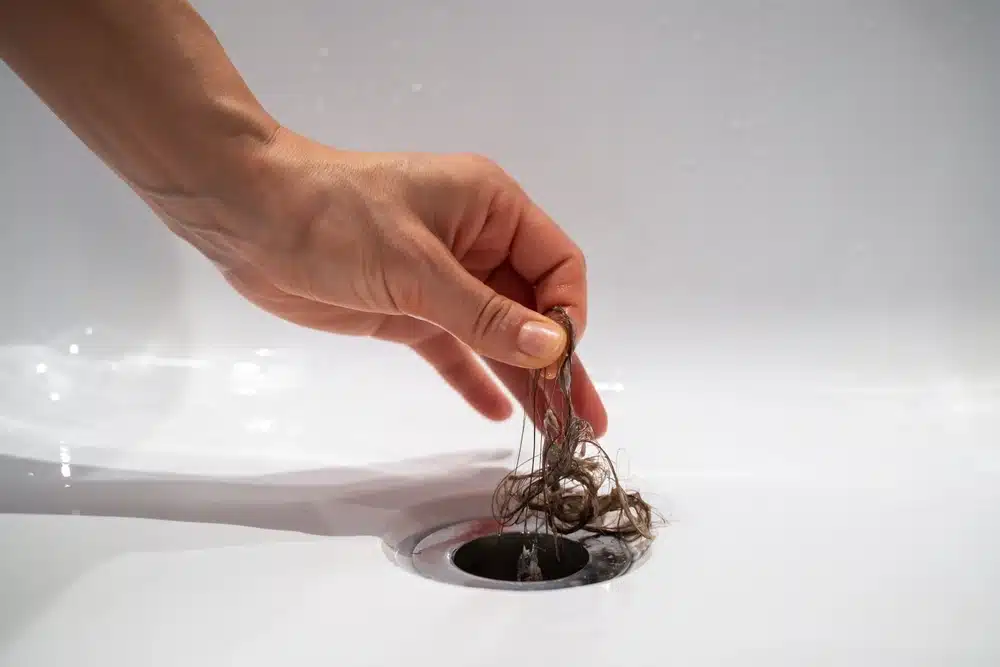Several things might stop someone from getting a hair transplant. One of them may be a little more surprising than others – hair transplant trypophobia. This phobia of small repetitive bumps or holes can make someone never want to even consider getting a hair transplant, which can be a huge shame, as the procedure may be the key to unlocking their newfound confidence.
Have you been battling trypophobia but still want to get a hair transplant? Maybe you simply want to learn more about this strange but very real phobia. Either way, you’re in the right place – here, you’ll find out exactly what hair transplant trypophobia is, its potential causes, and ways to deal with it. You don’t have to let trypophobia get in the way of seeking a hair loss treatment that you really want!
What is Hair Transplant Trypophobia?
First, let’s define trypophobia on its own. Trypophobia is a fear of clusters of small holes. These holes are usually packed closely together, and when the person with trypophobia looks at them, they feel a strong sense of disgust, unease, discomfort, and distress. In some cases, people with trypophobia may also experience mild physical symptoms such as itchiness, goosebumps, sweating, and shortness of breath.
It has not yet been diagnosed as an official disorder (as of yet). However, it’s been talked about widely on the internet, with people sharing images of items with tightly packed holes like honeycombs to see if others get the same reaction. It seems to be quite a common phobia, too, with studies showing that between 10-18% of adults experience anxiety symptoms when looking at the repetitive patterns. [1]
Then, there’s the more specific phobia of hair transplant trypophobia, which refers to a person who is deeply afraid of getting a hair transplant because of their fear of holes. This is due to the repetitive holes created in the scalp during the hair transplant procedure – people with trypophobia cannot stand the idea of getting it done due to this.
Potential Causes of Trypophobia
Is trypophobia learned, or is it something many humans are born with? That’s the question many experts have been asking themselves. Psychological scientists from the University of Essex [2] conducted a study that showed 16% of participants experienced negative reactions to trypophobic images and said:
“These findings suggest that there may be an ancient evolutionary part of the brain telling people that they are looking at a poisonous animal,” [2]
The idea that trypophobia could be innate is not an unpopular thought – to many experts, it makes sense, as the patterns link closely to the dangerous animals we humans would have needed to avoid in the wild some millennia ago. In reality, we still don’t know for certain the root cause of trypophobia, and these are still just educated guesses thus far.
Do You Have Trypophobia?
Are you unsure whether you have trypophobia? Luckily, there’s a pretty simple test to tell whether you have this phobia, and it involves looking at a series of images. When looking at images of small clustered holes, think about how you feel. Do you feel the same as before? If so, you likely don’t have trypophobia. Do you feel discomfort, disgust, or even some physical symptoms like itchiness? In this case, you may have trypophobia.
There are many different images you can look at to trigger a response, as many things that are naturally found in nature have small clusters of holes. These include:
- Honeycomb
- Sponges
- Reptile Skin
- Cheese with Holes
- Papaya
- Lotus Seed Pods
- Skin Pores
Most people with mild trypophobia are fine to go about their daily lives without worrying about the symptoms. However, if trypophobia gets in the way of your life – for example if it prevents you from getting a hair transplant you would otherwise want – then it’s something to consider treating.
Treating and Dealing with Hair Transplant Trypophobia
You don’t have to avoid everything that may trigger your uncomfortable responses. The world is full of trypophobia triggers – including hair transplants – so it’s best to get symptoms under control before they control you. Here are some recommended ways to treat and deal with this peculiar phobia:
Exposure Therapy
Exposure therapy involves exposing a patient to their phobia in a safe and controlled manner. It’s used for a wide range of phobias and works particularly well for trypophobia because you can do exposure therapy just by looking at images of small holes. If your trypophobia is quite severe, it’s best to do this in the presence of a therapist who can control your exposure. However, some people perform exposure therapy on themselves by looking up images online, which could help over time.
Cognitive Behavioural Therapy CBT
CBT is a specific type of therapy where the therapist guides you to work through your thoughts and feelings surrounding a specific issue – in this case, your trypophobia. It usually lasts a certain number of sessions and can help you better understand the root cause of your trypophobia, in turn helping you to manage it.
Anxiety Medication
Phobias and anxiety disorders often go hand in hand. If you have anxiety or another mood disorder alongside trypophobia, you may be prescribed an anxiety medication to gain control over it. Some anxiety medications can be taken only when you’re feeling particularly anxious (such as before a hair transplant consultation). Others are more ongoing, helping you manage symptoms long-term.
Breathing Exercises
Breathing exercises can be incredibly powerful. If you experience panic and anxiety when looking at small holes (or thinking about them), breathing in a certain way may help you calm down. One example is the 4-7-8 breathing method, [3] , where you breathe in for four seconds, hold for seven, and exhale for eight seconds. It’s commonly used in yoga and can help you manage your anxiety associated with trypophobia.
Understanding that Hair Transplants Have Changed
Knowledge is power. Many people with trypophobia experience anxiety surrounding hair transplants because of the images it conjures up. The truth is, hair transplants have gotten a lot better over the years, with trypophobia hair transplant holes not looking anywhere as scary as they perhaps used to.
Hair Transplants: Then vs Now
A hair transplant involves making tiny holes in the scalp in order to extract hair follicles. In the past, these holes were slightly more visible than they are today, which is what conjured the term hair plugs, as they resembled doll heads. In fact, these holes could sometimes exceed 1mm.
On the other hand, holes these days are very small, to the point you’ll barely notice them. The FUE hair transplant is the best method here, as it only extracts single hair follicles at a time, meaning the hole itself is less than 0.9mm – a tenth of the size of previous hair transplants.
Of course, FUE hair transplant trypophobia is still a thing even if the holes are not noticeable. If you’re still worried about the procedure, the best thing to do is find a good clinic that will be as precise as possible, so that you can avoid seeing small holes on your scalp.
Finding the Right Hair Transplant Clinic
A big part of managing a phobia is taking back control, and you can do just that by looking for the right hair transplant clinic. Looking at reviews of the hair transplant clinic is a good way to see how they operate and whether they leave people satisfied. You can also look at pictures in their patients gallery – seeing the results may help you feel less afraid of the procedure. Of course, it’s always important to have a consultation with the surgeon before the procedure, and you can discuss the procedure and your fears at this stage. The right hair clinic will be able to accommodate you. Here are some signs a hair clinic is an optimal choice:
- It Has Good Reviews
- It Has Photos of Their Patients
- It Offers No-obligation Consultations
- It Has Excellent Customer Service
Ensuring Optimal Recovery
With a FUE hair transplant, you likely won’t notice the tiny holes, but you may see some scarring. That is normal and will heal. As someone with trypophobia, you can help speed up the healing process and ensure optimal recovery by following your clinic’s instructions to a tee. Things like avoiding exercise, avoiding touching your scalp, and not exposing your scalp to direct sunlight will help your scalp heal properly.
Trypophobia Hair Transplant: In Summary
Trypophobia is the very real fear of small holes. It’s a common phobia that can even prevent some people from getting a hair transplant because of the small incisions involved in the process. If that includes you, it’s important to try and overcome your fear, as you don’t want it to get in the way of a hair loss treatment that can truly help you. If you’re looking for a hair clinic that’s understanding and patient with a team of experienced and talented surgeons, you’re in the right place. Download our hair track app, where you can book no-obligation consultations with our expert team.
Sources:
- https://www.cambridge.org/core/journals/bjpsych-open/article/is-trypophobia-real/769CD2A75D15763730AC524A433BB601#:~:text=Approximately%2010%E2%80%9318%25%20of%20the,related%20websites%20and%20social%20media.
- https://www.psychologicalscience.org/news/releases/fear-of-holes-may-stem-from-evolutionary-survival-response.html
- https://www.medicalnewstoday.com/articles/324417#:~:text=The%204%2D7%2D8%20breathing,Pranayama%20is%20common%20in%20yoga.





